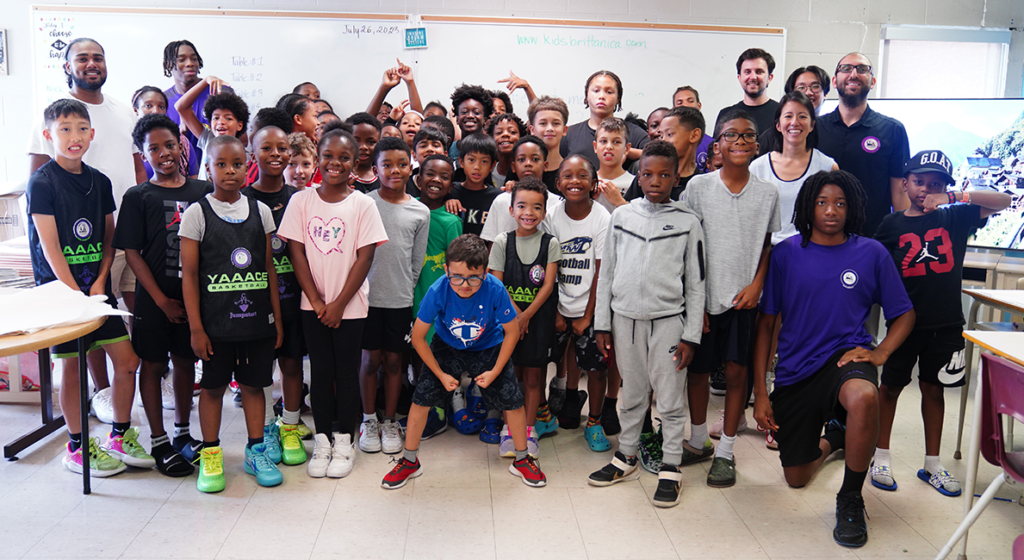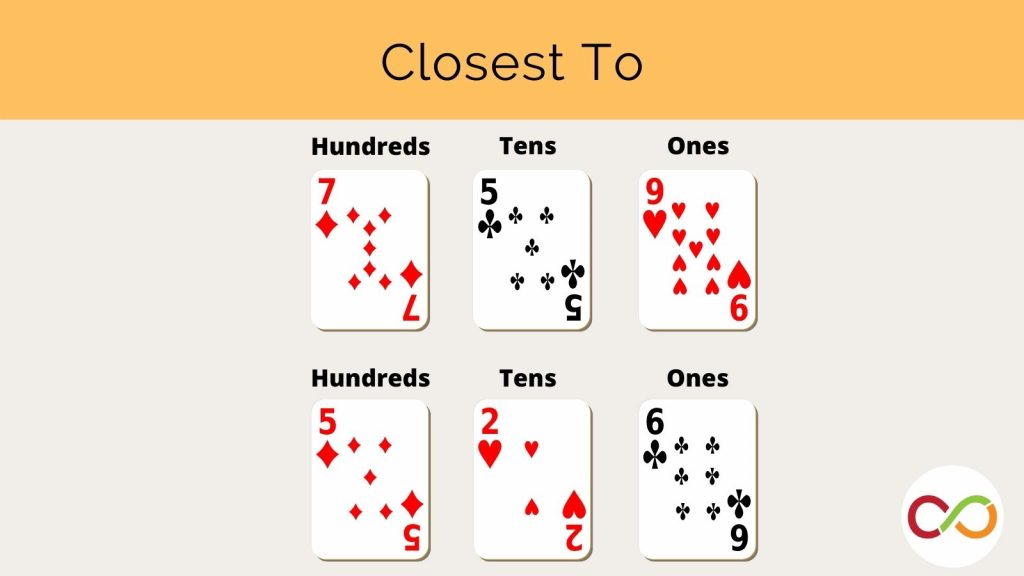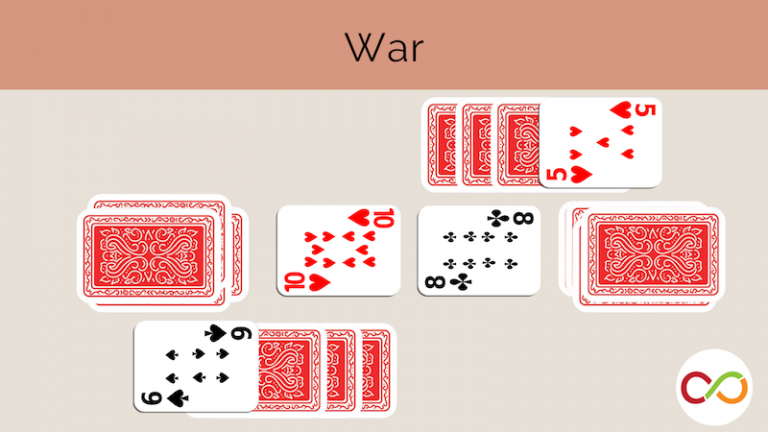This summer, the Robertson Program held three playful math sessions with children in the Youth Association for Academics, Athletics, and Character Education’s (YAAACE) summer camp. The sessions featured a range of games carefully designed to focus on specific math strands, such as numeracy and algebra. The activities also helped students refine their understanding of operations, place values, mathematical reasoning, mental math, and probability.

YAAACE is a Toronto-based, black-led organization supporting youth from underserved communities through comprehensive academics and athletics programming. YAAACE and the Robertson Program are collaborating to explore innovative approaches to increase students’ engagement in mathematics. This partnership was inspired by The Robertson Program’s Online Playful Math program, which provides free, virtual, small-group math support to children from underserved communities.
The summer camp math sessions encouraged collaborative learning within a friendly, yet competitive environment. All games required materials found in most classrooms, including decks of cards and DIY Snakes and Ladders gameboards, and all games were naturally engaging as children focus on a common goal and consider alternative strategies offered by peers (Vogt et al., 2018; Stebler et al., 2013).
Additionally, these games acknowledge the need to meet the diverse needs of students, offerings support based on their comfortability. This play-based approach allows students to feel empowered to learn more when playing games that offer the sense of fun and are less school-like (Vogt et al., 2018).
During each math session, students from YAAACE eagerly participated in games ,such as Closest To. In this game, players begin by deciding a target number and creating three columns labelled ones, tens, and hundreds. The goal is to get as close to the target number, without going over. Players are dealt a card one at a time and decide whether to place the number in the ones, tens, or hundreds column. After all players have created a three-digit number, the winner is determined by calculating the difference between the target number and the created number.
Another popular game was Snakes and Ladders. Traditionally, this game is played by rolling dice to determine the number of spaces each player should move on the gameboard. Students attempt to dodge snakes that take you further from the finish line, while also attempting to land on ladders that advance you to the finish line.
In its simplest form, Snakes and Ladders can be played by rolling one die, giving students an opportunity to practice one-to-one correspondence as they move along the game board. However, several rules can be added to increase mathematical complexity. For example, students can use two dice and subtract the larger number from the smaller number. The difference would be the number of spaces the student moves on the game board. Another challenge is to roll a die and multiply it by two. Students can also be given the choice to either move the number they rolled or use the “multiply by two” rule. This encourages students to use problem-solving skills to determine what option results in a better outcome.
The Robertson Program Team’s game adaptations and extensions allowed students who were not comfortable with certain operations to see how using addition, subtraction, multiplication, or division could help to gain competitive advantages. Additionally, students who are skilled with using operations like addition and subtraction could be challenged to use multiplication to remain engaged and build numeracy skills.
The Robertson Program is thrilled to continue its partnership with YAAACE in the upcoming year through a collaborative research project aimed at increasing math skills by leveraging student’s interests in basketball.
Math games played at YAAACE Summer Camp
References
Stebler, R., Vogt, F., Wolf, I., Hauser, B., & Rechsteiner, K. (2013). Play-based mathematics in kindergarten. A video analysis of children’s mathematical behaviour while playing a board game in small groups. Journal Für Mathematik-Didaktik, 34(2), 149–175. https://doi.org/10.1007/s13138-013-0051-4
Vogt, F., Hauser, B., Stebler, R., Rechsteiner, K., & Urech, C. (2018). Learning through play – pedagogy and learning outcomes in early childhood mathematics. Innovative Approaches in Early Childhood Mathematics, 127–141. https://doi.org/10.4324/9780429331244-10


